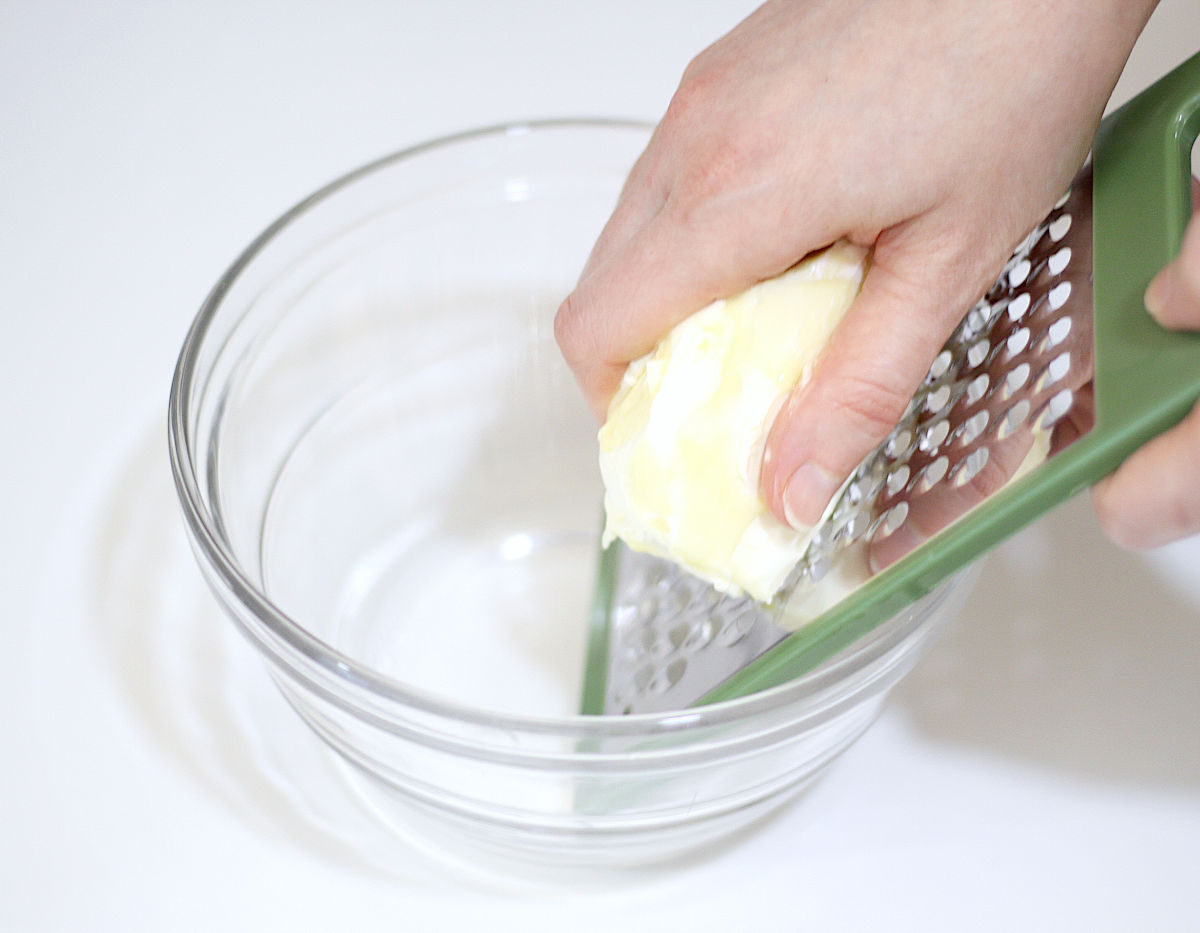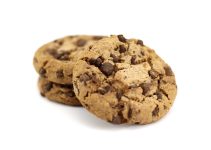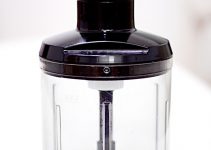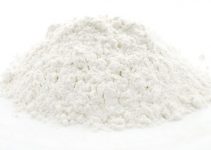Is a pastry cutter substitute as good as the real thing or are you better off just buying a good pastry cutter and get down to mixing flour and butter the way they should be mixed?
I will tell you my opinion right from the start. I don’t think that a pastry cutter substitute is actually the way to go. You should just go and buy the proper tool because the results will be different.
Even I know that some tools are just not easily replaceable. We can find a substitute for parchment paper or even a substitute for a pizza stone. However, this time, I think that the substitutes don’t match up.
Contents
What Is a Pastry Cutter?
In order to understand if a pastry cutter substitute is really the way to go, let’s see what exactly is a pastry cutter in the first place. Once you have that figured out, it will be easier to come up with the best substitutes for a pastry cutter.
A pastry cutter is also known as a dough blender or a pastry blender.
It’s actually used to work fats, like butter, lard or shortening, into flour. So, it’s not actually for making dough shapes but for incorporating solid fats into flour in order to create the dough.
It’s the opposite of making cakes or cookies, in which we have to cream the butter.
For this type of pastry dough, the tiny pieces of butter/shortening/lard are distributed throughout the flour instead of being incorporated into them. That’s how we obtain the crumbly texture, which will be baked into flaky goodness.
The construction is simple and quirky: there are a few thin narrow metal strips/wires/blades attached to a handle, designed in a U shape with the handle at the top.
The user will use it to press down on the solid fats that need to be mixed in, which is also known as cutting in.
If we’re talking about cutting the dough into certain shapes, being a circle or strips or any other form, we’re talking about a pastry cutting wheel or maybe a round cookie biscuit cutter set or a cookie cutter set. The biscuit cutter set can also be used for yeasted doughnuts.
A pastry cutter is used for making:
- pie crusts
- biscuits
- scones
- chopping hard boiled eggs – it has no relation to pastry but some use it when they make egg salad
If you are in the habit of making pie crusts quite frequently, I would like to tell you this: forget about using a pastry cutter substitute and just go for the original appliance. They’re quite cheap so, the price is not a reason to stop you from getting one.
There are users who recognize how good it is to actually use one instead of relying on two butter knives. Some amateur bakers actually attest that they have noticed an immediate improvement in the uniformity of their crusts.
Pastry Cutter Substitute: Best Options
Since the butter or other solid fat that you’re using can’t be creamed into the dry ingredients, we can easily deduce that a hand mixer/stand mixer isn’t the type of pastry cutter substitute that we’re looking for.
Let’s see which are the actually good options.
1. Two Forks

The technique of incorporating very cold cubes of butter into flour with forks goes exactly how you imagine it go: the forks are used to press down on the flour and butter with the intention of mashing it up without melting the fat from the friction.
Some tend to chill down the forks to prevent the melting from happening.
You can do it in a bowl or on the countertop. The bowl will spin because both of your hands are occupied.
Here is a video that shows the difference between using two forks as a pastry cutter substitute and the actual kitchen appliance.
2. Two Butter Knives
The pastry flour is dumped onto the counter and the cubed butter is dumped on top of it. Separate the cubes and spread them out throughout the flour.
Now, grab your 2 butter knives and start cutting with both hands. That’s all there is to it.
You need to bring the flour and the butter constantly in, to form them constantly into a pile because it tends to spread out when you’re using the knives to cut through it.
The bottom line is that it works as a replacement and it will eventually incorporate the butter into the flour.
However, you need a lot of patience. This method should be famous for being one of the slowest.
Here is a video that shows us precisely how it’s done.
3. Box Grater/ Cheese Grater

Simply grate the butter into the dough and then mix it in. You can even go for frozen butter so that it grates more easily and doesn’t literally melt in your hands. Maybe make sure to have cold hands, too.
4. Food processor

I said that you can’t use a mixer because that’s for creaming ingredients but you can use the food processor with the pulse function as a substitute.
Just make sure not to overwork the dough because you should only pulse the dry ingredients for a minute or two.
The Vast World of Pastry
When I think of the vast world of pastry, I always think of flatbreads. I know, I know. You think that those two have nothing in common. And I’m not talking about techniques, recipes or ingredients.
I compare the two because they’re both so vast and they cover so many different recipes. There are entire worlds and cultures to explore both through pastry and flatbreads. That’s what I mean by that comparison. But let go into more details.
When we say pastry, we can refer to any of these things:
- so many different types of pastry dough (shortcrust, choux, filo, flaky, puff pastry just to name a few) with their different techniques for each recipe
- cake baking and cake construction
- candy making
- sugar pulling
- chocolate tempering
This is a universe that brings people joy through cakes, baklava, pies, candies, brioche, cinnamon rolls, eclairs, cream puffs, churros, profiteroles but also through savory pastry, like sausage rolls, quiches, samosas, and savory pies.
What I’m trying to say is that if you want to explore this vast universe, you will need specific tools for specific creations. Sometimes, if those tools are as cheap as a pastry cutter, maybe it’s best to just buy it and forget about substitutes.
In the end, I think that a pastry cutter substitute is perfectly fine if you’re just experimenting for a bit with some pies or scones or biscuits recipes but, for serious baking, get the kitchen appliance because it’s worth it.




